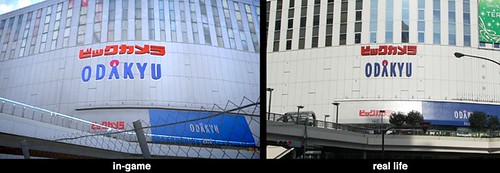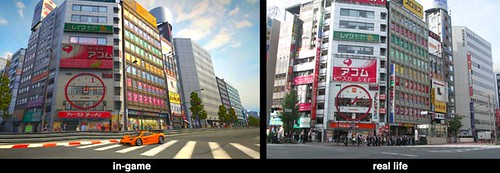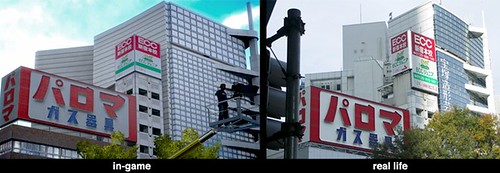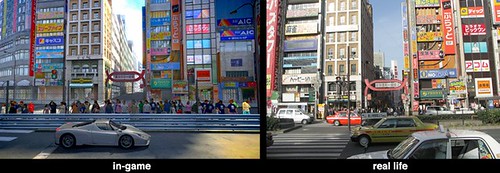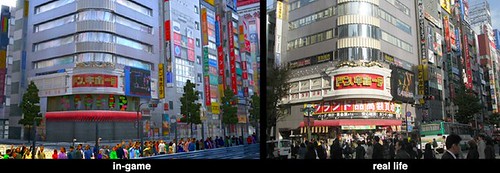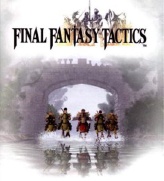 In October of 2006, Girlfriend and I were having lunch with one of her co-workers. We were talking about video games, and at some point in the conversation I said, "Square Enix needs to make a PSP version of Final Fantasy Tactics."
In October of 2006, Girlfriend and I were having lunch with one of her co-workers. We were talking about video games, and at some point in the conversation I said, "Square Enix needs to make a PSP version of Final Fantasy Tactics."I'm not suggesting that my comment had anything to do with it (although I can't rule out the possibility that I am clairvoyant), but this month Square Enix announced their intention to do just that, in the form of a PSP title called Final Fantasy Tactics: Shishi Sensou, (Final Fantasy Tactics: The Lion War) which is scheduled for US release in autumn 2007.
FFT and its Gameboy Advance counterpart (Final Fantasy Tactics Advance) have the distinction of being the only games in the FF franchise since Final Fantasy VII to hold my interest. And hold my interest is exactly what the original FFT did....for an inexcuseable 80 hours (a personal record: the longest I ever took to finish an RPG). Try as they may, other FF titles failed to get their hooks in me for such a duration. After all, what is Final Fantasy but a lot of repetative monster encounters that always go like this?
FIGHT.
FIGHT.
MAGIC: CURE.
FIGHT.
FIGHT.
FIGHT.
[FANFARE!]
Sure, once in a while you might throw in a "LIMIT BREAK" or a "SUMMON," or perhaps even the occasional "RUN AWAY," but that and a lot of sing-song Uematsu Nobuo music is basically all there is to Final Fantasy. And no matter how intriguing the story...no matter how cute the chocobos...no matter how big the rack on Tifa Lockheart...tapping A (or circle, as it were) grows boring eventually. FF Tactics, however, capitalized on brand recognition -- arguably Square's greatest strength -- and provided an unprecedented level of depth to the genre created by titles like Konami's Vandal Hearts. (I'm not kidding about depth, either; The first time I played FF Tactics, I was so turned off by the game's complexity and steep learning curve that I set it aside for almost a year....until I picked it up again and it became one of my favorite games of all time.)
Final Fantasy Tactics is exactly what the PSP needs right now, especially in the midst of rumors that Sony is planning to abandon its handheld console soon.
FOND MEMORY OF FF TACTICS: The game allows players to recruit new soldiers and give them surprisingly long names, so I had a bunch of people in my party named after celebrities. There was Dustin Hoffman the summoner, Jack Nicholson the geomancer, Jenna Jameson the dancer and Leo DiCaprio the chocobo.
Technorati: Final Fantasy Tactics / Tifa Lockheart / chocobo

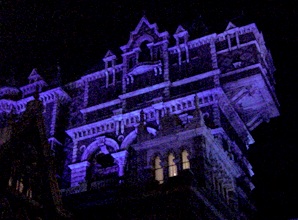 On Christmas Day Girlfriend dragged me (almost literally kicking and screaming) to Tokyo DisneySea in Urayasu, Chiba Prefecture. Tokyo DisneySea opened five years ago right next-door to Tokyo DisneyLand, and I guess now it's only a matter of time before they open Tokyo DisneyEarthWind&Fire.
On Christmas Day Girlfriend dragged me (almost literally kicking and screaming) to Tokyo DisneySea in Urayasu, Chiba Prefecture. Tokyo DisneySea opened five years ago right next-door to Tokyo DisneyLand, and I guess now it's only a matter of time before they open Tokyo DisneyEarthWind&Fire.
